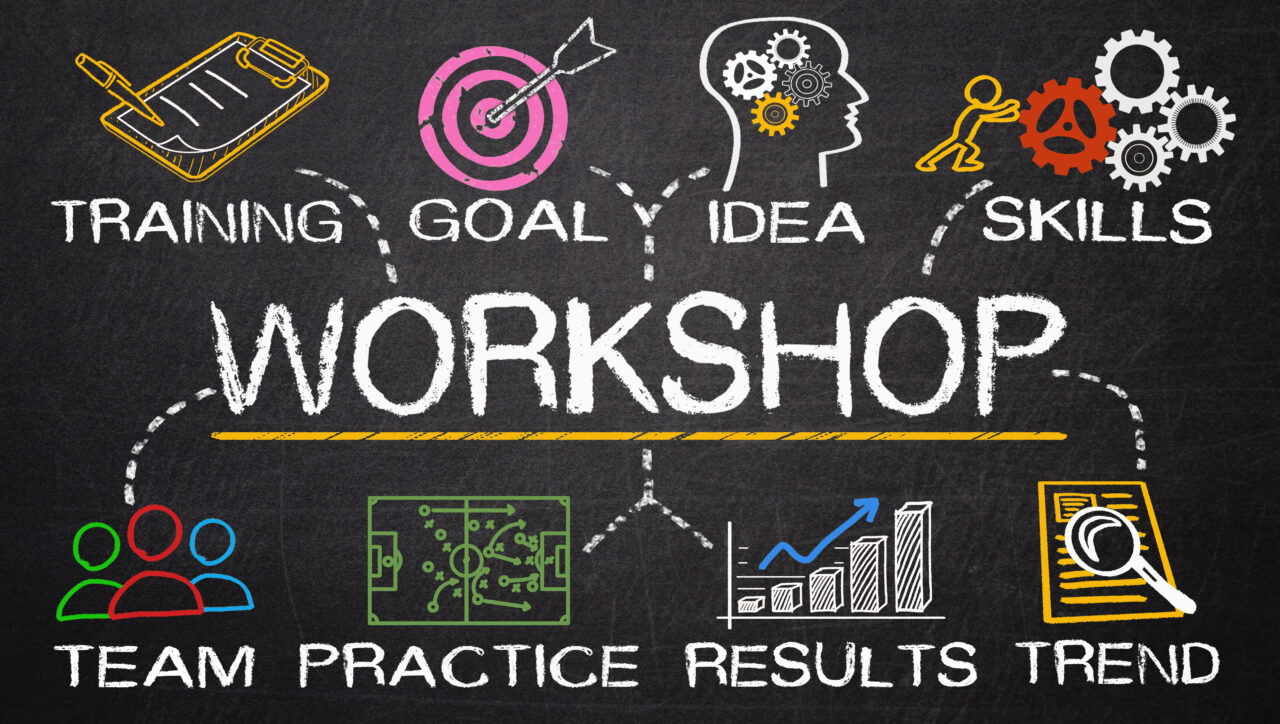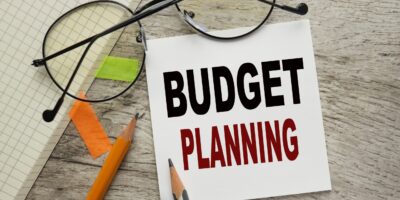
You’ve invested your hard-earned money and valuable time into a custom learning experience for your team. The event went well, and everyone left excited about the opportunity to put new strategies and tools into play. What can you do NOW to keep the enthusiasm alive and make sure they don’t go back to old habits once they are out of the training space? Sustaining momentum from the workshop is crucial and can be achieved through a structured plan for implementation.
To make an impact after the workshop, follow these steps to maximize your results:
Create and share action plans.
Have participants write down their individual action plans and goals before leaving the workshop. Then make sure these plans and goals are reviewed in the next team/department meeting or with their manager. Be sure to address the steps in the process, confirm any additional support needed, and agree to an appropriate time frame for completing.
Provide follow-up resources.
Distribute bite-sized pieces of information through handouts, summaries, videos, or tools in the days/weeks after the workshop so participants can review the content. Most people need to review new information 3-7 times before they fully comprehend/remember it.
Create a series of content or events to continue to share the information. This can be a team newsletter or internal communication channel to share outcomes and inspire others. Specific examples about how different people or departments will apply the information learned can go a long way and drive engagement.

Support peer-to-peer learning.
Facilitate tasks where participants can share knowledge, collaborate, and provide feedback to one and other. If department/company leaders attended the workshop, ask them to present the key learnings to colleagues who were not at the workshop. Or ask them to provide a summary of their takeaways that can be distributed to the entire organization.
Encourage manager involvement.
Ongoing support from your leadership team is crucial for helping employees transfer skills from the training room to the jobsite. Train managers on how to coach employees on newly learned strategies. Set up regular follow-up sessions or “check-ins” to discuss progress and address new challenges as they arise. This may be as simple as adding an item to existing team meetings or employee reviews.
Play like you practice.
Encourage participants to share how they are applying the new information, what worked, and what they would do differently. Catch team members doing things right—even if it is a small victory. Have participants work together on real projects to help them apply their new skills and knowledge in a practical context.
Reinforcement is essential for translating new strategies and tools into long-term behavioral change. A strong follow-up plan requires action from the workshop participants and builds a culture of continuous learning and improvement. The best way to maintain momentum and engagement is to continue the conversation, request feedback, highlight the application, and (when possible) incentivize the use of new skills.
Looking for additional planning resources? Check out the following blogs:



